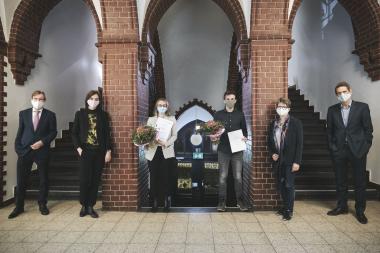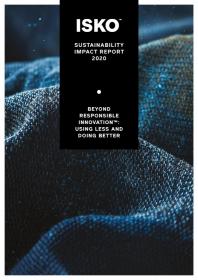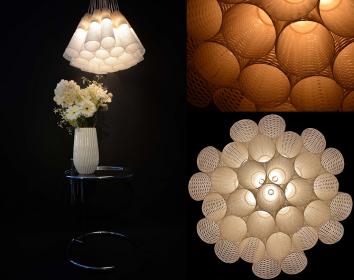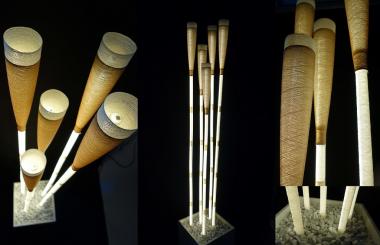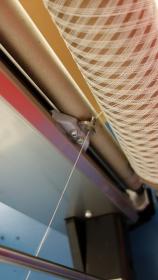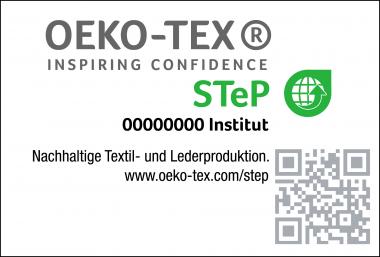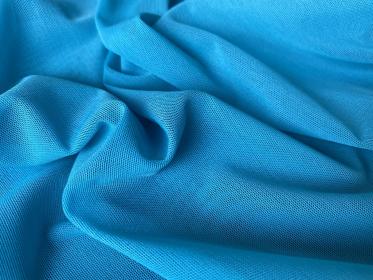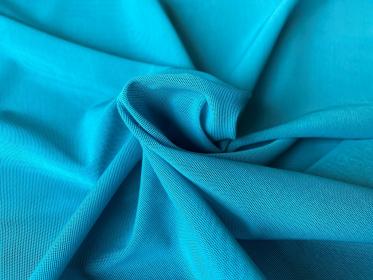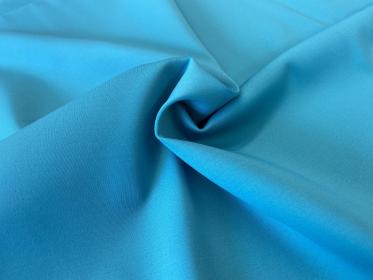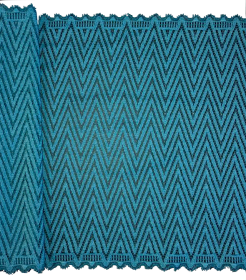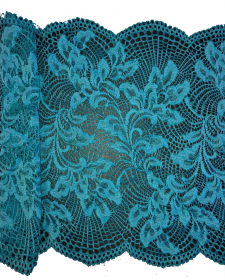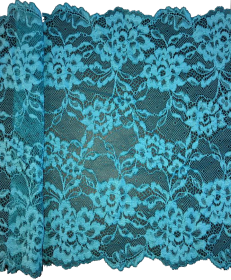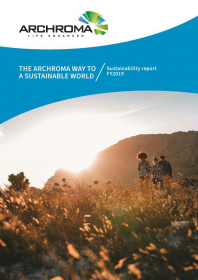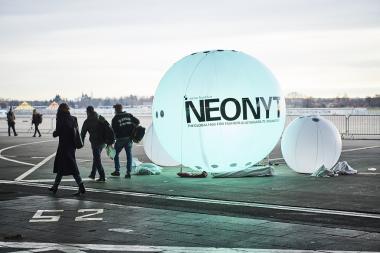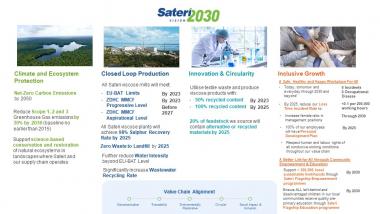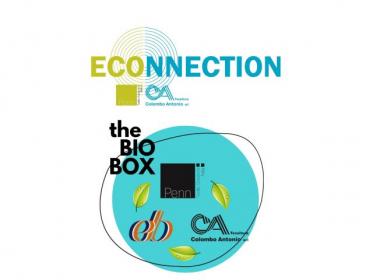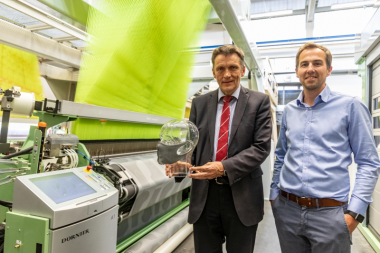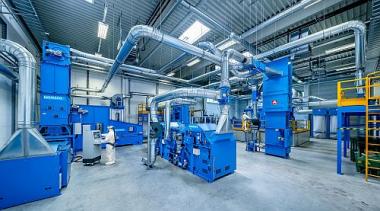Hochschule Niederrhein: Preise für Abschlussarbeiten zu Grünalgen und Enzymen
Das Thema Nachhaltigkeit spielt in der Textilwirtschaft schon seit Jahren eine herausragende Rolle. Dies spiegelt sich auch in den diesjährigen Ehrungen für die besten Bachelor- und Masterarbeiten am Fachbereich Textil- und Bekleidungstechnik der Hochschule Niederrhein wieder.
Leon Blanckart hat sich in Kooperation mit dem Institut für Pflanzenwissenschaften und Mikrobiologie der Universität Hamburg mit einer speziellen von ihm erstmalig untersuchten Süßwasseralgenart auseinandergesetzt, die er durch eigens entwickelte Verfahren so aufbereitet hat, dass eine textile Nutzung möglich ist. Betreuerin der Arbeit war Professorin Ellen Bendt.
Christine Kluth untersuchte in einer Kooperation zwischen der Hochschule Niederrhein, zwei Textilunternehmen und der Universität für Bodenkultur Wien dazu einerseits die Kinetik neuartiger Enzyme aus der Gruppe der Polyesterasen beim Abbau von Polyester und andererseits die dabei entstehenden Abbauprodukte. Die Betreuung der Arbeit wurde von Prof. Dr. Maike Rabe übernommen.
Hochschule Niederrhein


